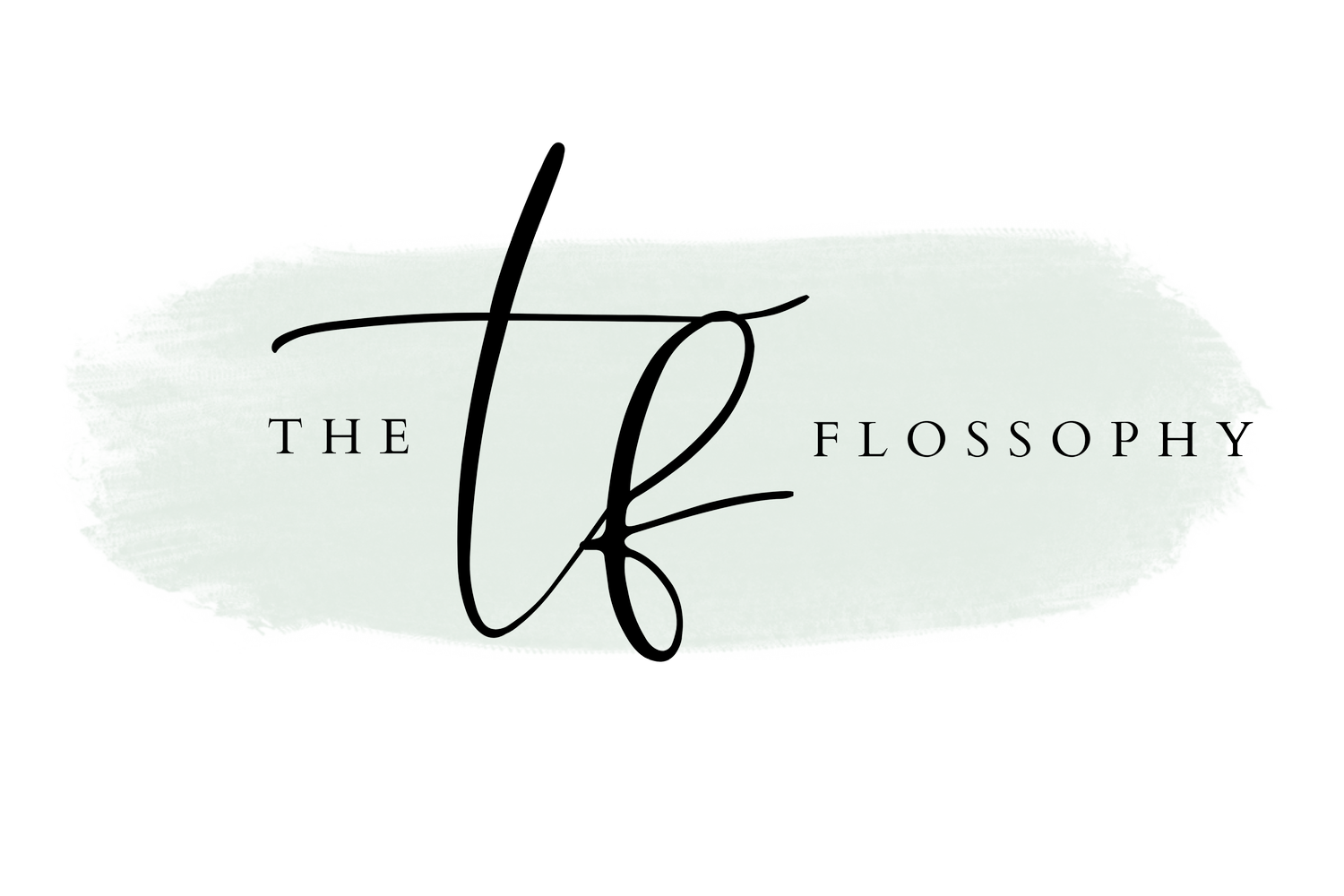Being “Tongue-Tied” isn’t just a figure of speech…
The tongue attaches to the floor of the mouth with a piece of tissue called the lingual frenum. Frenulum are small pieces of tissue found in different areas of the mouth: underneath the tongue, under the top lip, & under the bottom lip. A tongue-tie is when the attachment of tissue under the tongue is too short, too thinned, or too thick, restricting proper tongue movement.
Tongue-tie or Ankyloglossia, is typically diagnosed during childhood. Many doctors and lactation specialists agree it should be corrected right away, while others prefer to wait and see. Tongue-tie may inhibit an infant from latching onto the mother in order to breastfeed.
Other identifiers used to check for tongue ties in newborn babies include:
Heart-shaped tongue
“Eiffel tower” frenum
Lip ties
Unusually thick frenum
Nipple pain or other breastfeeding difficulties, especially when accompanied by a “clicking” as baby attempts to latch
Prolonged drooling
Difficulty raising the tongue, moving it sideways, or sticking out the tongue
In older children or adults, tongue tie can cause symptoms like:
Speech difficulties
Problems with eating, such as issues licking an ice cream cone
Inability to stick out the tongue beyond the upper lip
Issues kissing with tongue
Because of this, children who grow into adults without having their tongue tie treated often experience a range of oral myofunctional symptoms, including:
Speech issues
Mouth breathing
Jaw pain, clenching, and grinding
Headaches
Head, neck, and shoulder tension
Forward head posture
Snoring, sleep disordered breathing, Upper Airway Resistance Syndrome (UARS), and sleep apnea
Increased risk of cavities and gum disease
Slower orthodontic treatment
Orthodontic relapse
Tongue-Tie Treatment:
If tongue-tie is interfering with feeding, speech or oral hygiene or if it is causing discomfort, treatment may be appropriate.
Frenectomy can be accomplished either by the routine scalpel technique, electrosurgery or by using lasers. The conventional technique involves excision of the frenum by using a scalpel. Many doctors today use a laser so the area is then cauterized.
Myofunctional Therapy exercises pre and post op to ensure long lasting results. Myofunctional therapy helps re-educate the tongue and orofacial muscles during movement and at rest to create new neuromuscular patterns for proper oral function, including chewing, swallowing, speaking, and breathing.
It is never to late to enjoy the benefits of a tongue-tie release! Myofunctional therapy is necessary and should be performed 4 weeks+ prior to a frenectomy surgery.
Speak with your dentist to see if this is something that would be beneficial for you.
Find a Myofunctional Therapist
Sara Hornsby is a Registered Dental Hygienist and Myofunctional Therapist


